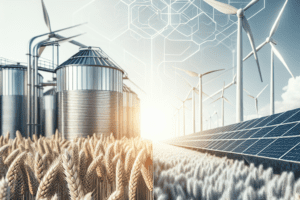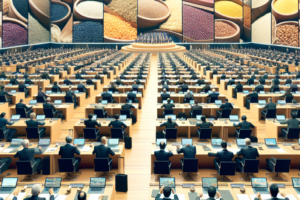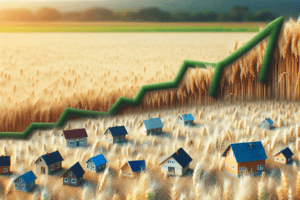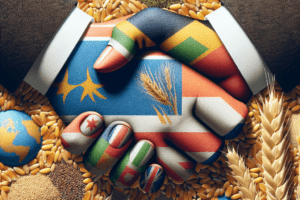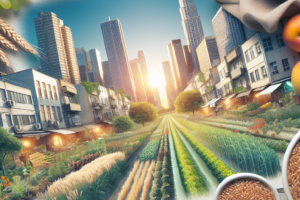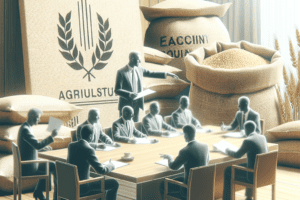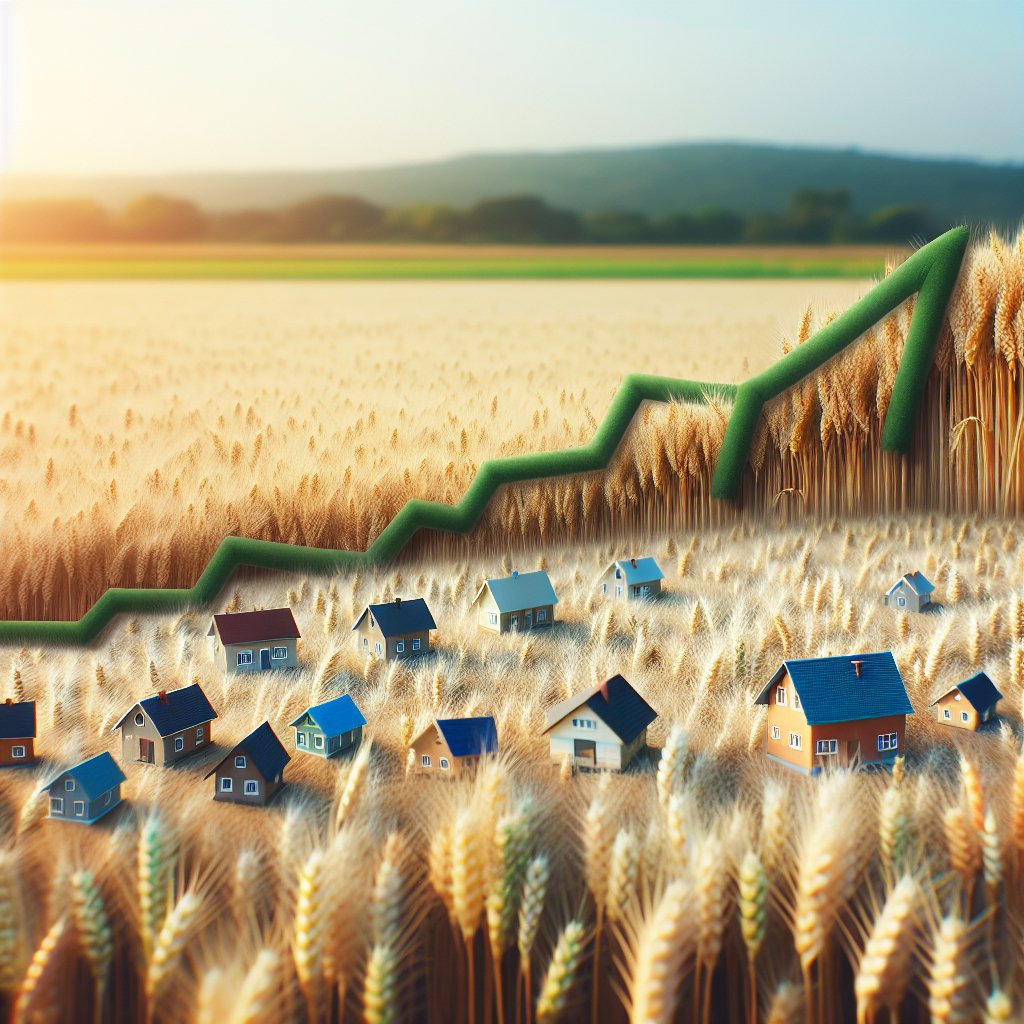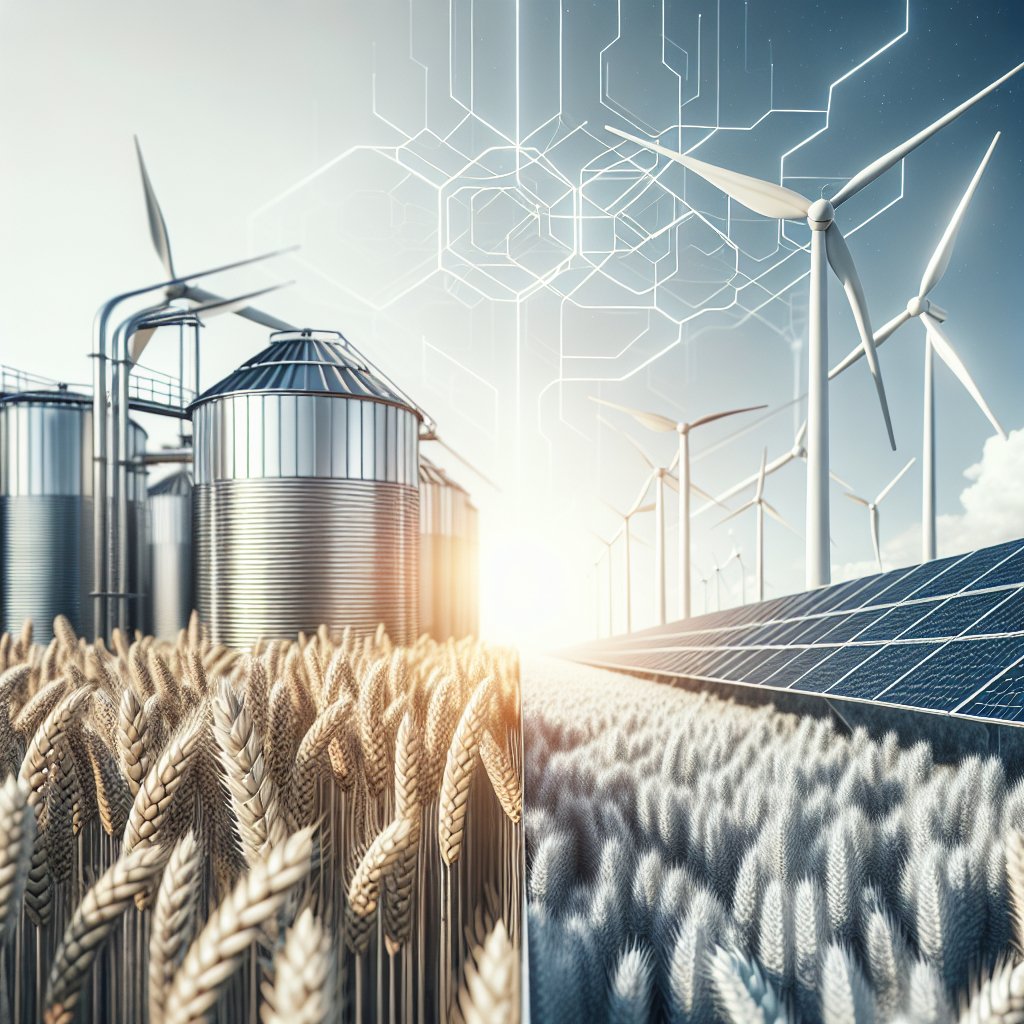The relationship between population growth and grain demand is a critical issue that affects global food security, agricultural practices, and economic stability. As the world’s population continues to rise, the demand for grains, which serve as a staple food source for billions, is expected to increase significantly. This article explores the dynamics of population growth and its implications for grain demand, examining the factors that drive this relationship and the potential consequences for agriculture and society at large.
Understanding Population Growth and Its Drivers
Population growth refers to the increase in the number of individuals in a population over time. This phenomenon is influenced by various factors, including birth rates, death rates, immigration, and emigration. In recent decades, the global population has experienced unprecedented growth, with the United Nations projecting that the world population could reach approximately 9.7 billion by 2050. Several key drivers contribute to this trend:
- Improved Healthcare: Advances in medical technology and healthcare have significantly reduced mortality rates, particularly in developing countries. This has led to longer life expectancies and a higher number of individuals living into adulthood.
- Increased Fertility Rates: In some regions, particularly in parts of Africa and Asia, fertility rates remain high due to cultural, social, and economic factors. These high birth rates contribute to rapid population growth.
- Urbanization: As more people move to urban areas in search of better opportunities, population density increases, leading to higher demand for food, including grains.
- Economic Development: Economic growth often correlates with population growth, as improved living standards and access to resources can lead to higher birth rates in certain contexts.
The Impact of Population Growth on Grain Demand
As the global population expands, the demand for grains is expected to rise correspondingly. Grains, including wheat, rice, corn, and barley, are essential for human consumption and animal feed, making them a cornerstone of the global food supply. The following factors illustrate how population growth influences grain demand:
1. Increased Food Consumption
With a growing population, the overall demand for food increases. Grains are a primary source of calories for many people worldwide, particularly in developing countries where they constitute a significant portion of the diet. As more individuals require sustenance, the pressure on grain production intensifies. This increased demand can lead to higher prices and potential food shortages if production does not keep pace.
2. Changing Dietary Preferences
As populations grow, particularly in developing nations, there is often a shift in dietary preferences towards more protein-rich foods, such as meat and dairy. This shift increases the demand for animal feed, which is primarily composed of grains. Consequently, the demand for grains rises not only for direct human consumption but also for livestock production, further straining grain supplies.
3. Urbanization and Food Distribution
Urbanization leads to changes in food distribution systems. As more people live in cities, the logistics of food supply become increasingly complex. Urban populations often rely on grains that are transported from rural areas, necessitating efficient supply chains. This reliance on grains can exacerbate demand, particularly in regions where agricultural production is limited.
4. Climate Change and Agricultural Challenges
Population growth exacerbates the challenges posed by climate change on agriculture. As more people require food, the pressure on land and water resources increases, leading to potential conflicts over these essential inputs. Climate change can also affect crop yields, making it more difficult to meet the rising demand for grains. Adapting agricultural practices to cope with these changes is crucial for ensuring food security in the face of population growth.
Strategies to Meet Growing Grain Demand
To address the challenges posed by population growth and the resulting increase in grain demand, several strategies can be implemented:
1. Sustainable Agricultural Practices
Implementing sustainable agricultural practices is essential for increasing grain production without compromising environmental health. Techniques such as crop rotation, conservation tillage, and integrated pest management can enhance soil fertility and reduce the need for chemical inputs. These practices can help ensure that grain production keeps pace with rising demand while minimizing negative environmental impacts.
2. Technological Innovations
Advancements in agricultural technology, such as genetically modified organisms (GMOs), precision agriculture, and improved irrigation techniques, can significantly boost grain yields. By adopting these technologies, farmers can produce more grains on the same amount of land, helping to meet the growing demand without expanding agricultural land use.
3. Investment in Research and Development
Investing in agricultural research and development is crucial for developing new varieties of grains that are more resilient to climate change, pests, and diseases. Research can also focus on improving crop management practices and developing sustainable farming systems that enhance productivity while preserving natural resources.
4. Policy and Economic Support
Governments and international organizations play a vital role in supporting agricultural development. Policies that promote investment in rural infrastructure, provide financial assistance to farmers, and encourage sustainable practices can help ensure that grain production meets the needs of a growing population. Additionally, trade policies that facilitate the movement of grains across borders can help stabilize prices and ensure food security.
Conclusion
The impact of population growth on grain demand is a multifaceted issue that requires urgent attention. As the global population continues to rise, the demand for grains will inevitably increase, posing significant challenges for food security and agricultural sustainability. By understanding the drivers of population growth and implementing effective strategies to enhance grain production, we can work towards a future where everyone has access to sufficient, safe, and nutritious food. Addressing these challenges will require collaboration among governments, researchers, farmers, and consumers to create a resilient food system capable of supporting a growing global population.


